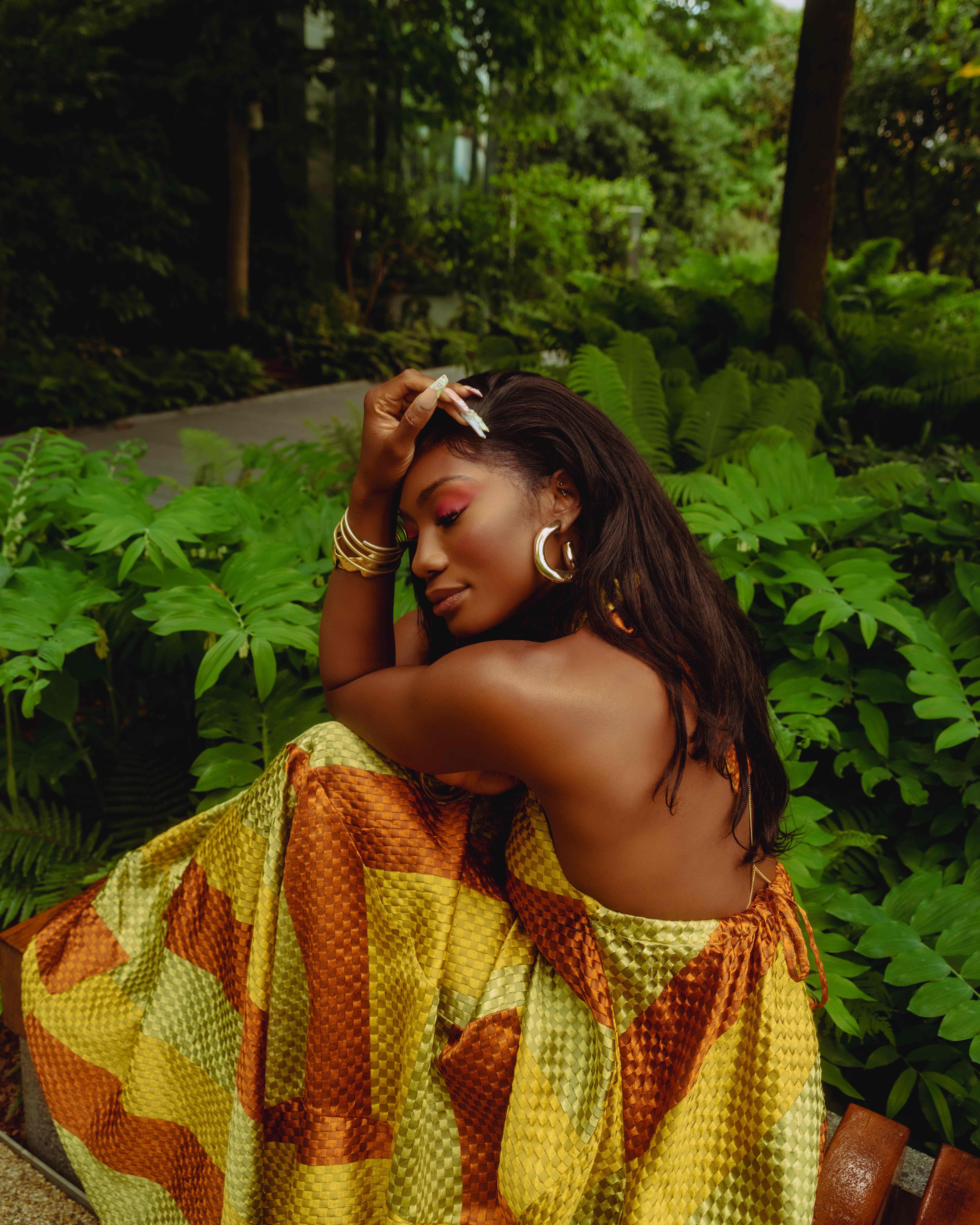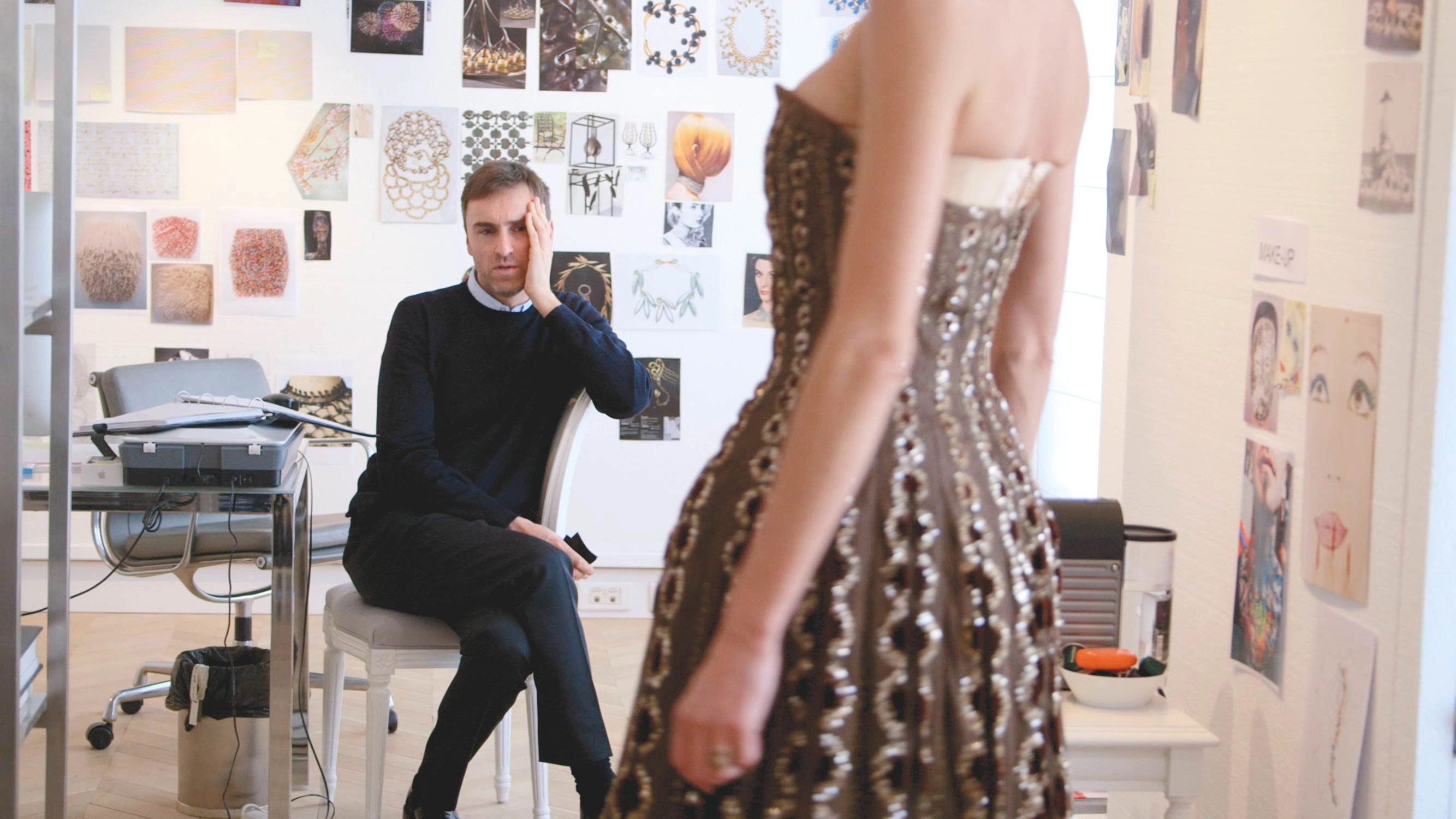Viewing Fashion As Art: Samuel Ross’ Big Bang with Hublot—In His Words


Over the weekend, as the summer began with a bang, and the many faces of the fashion world flooded the city of New York, many in attendance for Virgil Abloh’s Louis Vuitton x Nike Air Force show, and many more for the Balenciaga’s SS22 runway show; one of fashion’s leading visionaries also premiered his most recent, and stunning—in all rights—collaboration with lauded watch label Hublot: A Cold Wall’s Samuel Ross. While the fortunate cross-pollination of couture and watchmaking presents itself as the British designer’s first take, there’s but a shadow of a doubt as to why he would be the perfect fit to create yet another memorable iteration of the Hublot Tourbillon, as his roots in architecture and sculptural composition run far beneath the surface of fashion and menswear, almost conveying his latest creation as a piece of both intellectual and artistic genius.
In attendance at his premiere, I was honoured to speak to Samuel shortly on the inner workings, conceptual process, and historical pertinence of his latest watch. “it’s been a process which started over three years ago, but the main distinctive statement I wanted to make was to say something new with the product, as there are over a million watches that have been made through time, and for an industry already so established, especially one that lives on a family heirloom, I wanted to do something different.”

Samuel Ross’s ACW is deeply rooted in the essence of industrialism, brutalist working class, and almost dawning its own compositional code, much like couture, watches are also a complex piece of form and structure, especially with the skeleton, baroque and grandiose in its existence, it was important to delineate on the designer’s ability to translate both history— paying homage to its pioneers such as Jochen Benzinger, Andre-Charles Caron, or even Jean-Antoine Lepine—and conceptual idea into the creation of this watch through form, colour, and shape.
“Bringing in the Tourbillon movement, deconstructing it, looking at how we can improve the weight by removing away the recesses, at the same time, we brought in architectural formats and industrial design, and the idea of movement to create a new watch,” he says, speaking on his creative process. “Looking at it in two ways with the use of orange: firstly, the immediate appeal the colour orange has and the ability to take control instantly in a space, such as how it’s used here, it brings intensity and velocity to its presence. Second is looking at the vision of colour theory by Josef Albers, understanding how colour can be used to carry a secondary meaning, which is also why I’ve been integrating orange into my work over the last two years.”

He continues: “It is also representative of colour signifying the body of the diaspora, which is almost like this associative alertness that we have as people of colour, and also a process of how the black boy has been industrialized over the last six to eight generations. The black body has been treated in an industrial format, so looking at how those processes have been used and translate that into colour orange as a mode of almost construction, it made sense to portray that in this watch’s story.”
Concluding our delightful encounter, Samuel being an individual of searing precision both in his life and work, I was inclined to ask the trailblazing designer his thoughts on balancing functionality and design—an integral part of his work, to which he responded in a short and simple yet holistic manner, “You split it, design has to be functional. I haven’t really shown a lot of pure sculpture, but for the things I do now, design is always service-based. The art is a facet of self-expression… it’s a lot more introspective and the design part of it is external work.”

Check out the GUAP Arts & Culture section, to discover new art, film, and creative individuals.




![ZINO VINCI’S ‘FILTHY & DISGUSTING’EP BRINGS YOU TO THE CORE OF THE ARTIST [@ZinoVinci]](https://guap.co/wp-content/uploads/2023/10/Zino-4.jpg)





![Remel London’s [@Remel_London] “Mainstream” is a must attend for upcoming presenters!](https://guap.co/wp-content/uploads/2017/02/REMEL-LONDON-FLYER-FINAL-YELLOW-COMPLETE-1.png)